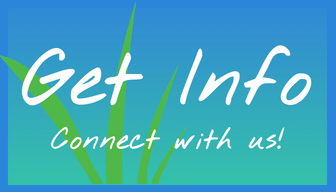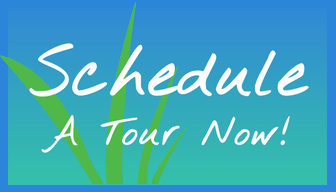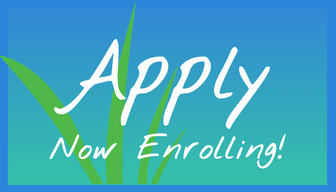By Mindy de Wilde (Rohrbacher), L.Ac
For the first four years, my massage practice was going well overall. My clients left their sessions feeling relaxed, grounded and typically with a decrease in pain. But occasionally clients’ pain was stubborn, on-going and I felt like I couldn’t “get to it”. Frustrated and insecure, I knew, in my heart, bigger shifts were possible. I went looking for options and decided to go to acupuncture school.
While in acupuncture school, I mentored with Annie, who’d been in practice for 20 years and studied a different tradition than what I was learning. Over the course of my year apprenticeship with her, I learned a new-to-me style of acupuncture specifically designed for soft tissue pain which primarily uses distal points below the knees and elbows and incorporates massage and movement. The clients’ results astonished me every time.
Annie practiced a method created by Dr. Richard Tan. From his teachings, we both developed our own style, preferences and experience which I’ve coalesced into a workshop called “Professional Acupressure for the Treatment of Client Pain”. With over 20 years of providing bodywork under my belt, I can confidently say this system has been the most consistently effective for relieving clients’ pain and the most engaging method I’ve used.
In my clinical experience, the advantages of this method are:
1. The ease of self-application
Most of the points are located on the extremities, so self-care is approachable and sustainable for your clients; this creates client empowerment in their health as well as ongoing benefits between massages.
2. Reproducible results
I’ve found this method to be reliable again and again. It’s my go-to for acute and chronic pain. While each person’s pain is treated differently, the results are consistent.
3. The area of pain never needs to be contacted
The use of hydrotherapy, topical pain relievers and movement around the area of pain while doing distal acupressure is incredibly effective.
4. Quick relief
After testing for and using the best points for that client on that day, pain relief is nearly immediate.
This system is based, foundationally, on the I-Ching, the Chinese clock and the concept of holographic mirroring of the body (similar to reflexology). In order to fully grasp the construction of this method, you need understanding of the foundational principles of Chinese Medicine. While in this workshop, you’ll deepen your comprehension of yin and yang, the five elements and the way energy moves in the body. With that information, you’ll design an effective plan using acupressure for your clients’ pain relief and your own self-care.
Not every person who comes to me for acupuncture wants needles. I work with those folks by offering non-needling options like cupping, gua sha, moxibustion and acupressure. By transforming this system from acupuncture to manual therapy, I’m able to offer the same results to clients who opt-out of needles.
Katrina came into my office for neck pain and limited ROM from, in her words, “sleeping wrong”. We did a thorough intake to identify the channels impacted by the pain and limitations. I used palpation to select the best points and combined them with massage on her traps and neck. After the first treatment, her pain went from an eight to a three. Her range of motion increased by around 40%. I gave her instructions to use acupressure on herself between visits. Three days later, she returned. Again, I palpated to find the best points and repeated the manual therapy on her traps and neck. She texted me the next day that she was able to ride her bike to work and was “at 90%”. She’s referred three people to me so far.
Instructing and supervising eager acupuncture students since 2017, I’ve come to understand the importance of storytelling for learning (deep gratitude for the one and only Paul Davenport who embodied this skill with such mastery). My teaching style is conversational, interactive and dynamic so we’ll be alternating between instructive lectures, hands-on supervised practice and learning aids like meridian maps and spreadsheets (yes, spreadsheets!).
I want to save you from arduous years of acupuncture school and rigorous board exams. This work has fundamentally changed my bodywork practice and the way I view the body. I’m looking forward to sharing this method with you the same way my mentor shared it with me. For details and registration, click here.



